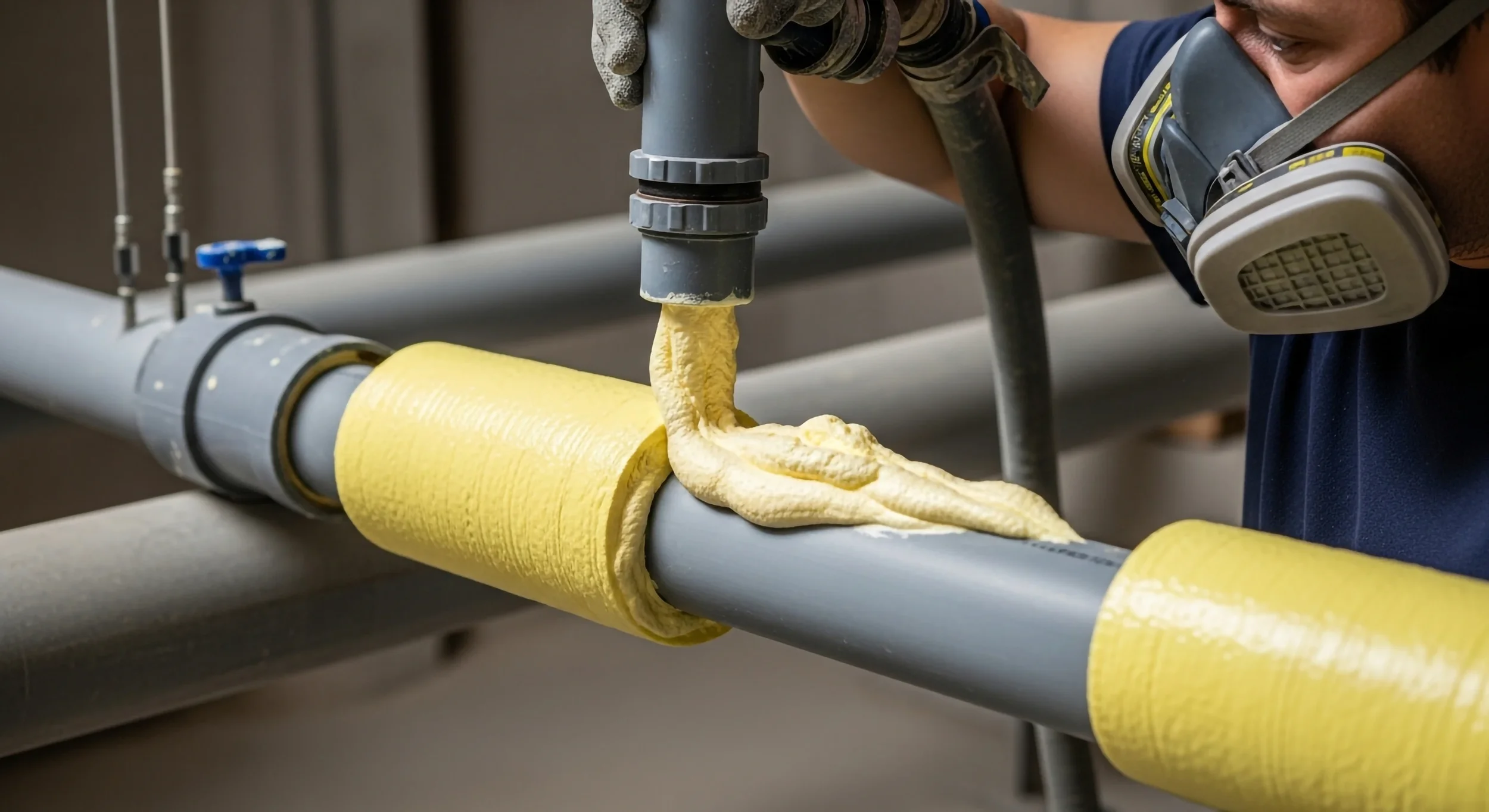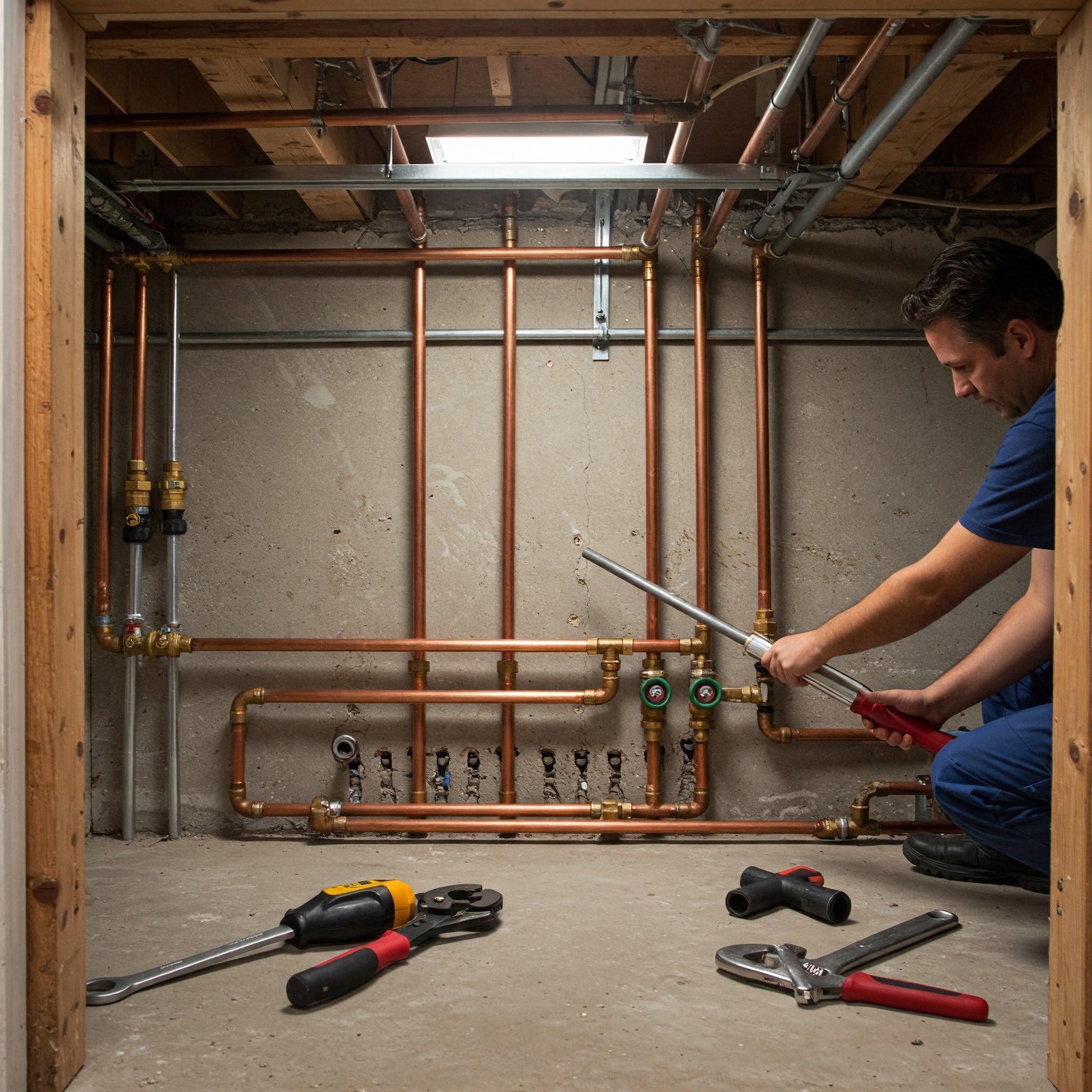Understanding the Common Causes of Leaking Pipes: What Homeowners Should Know
Understand the common causes of leaking pipes and what homeowners should know to prevent costly damage and keep your plumbing in top condition.
Leaking pipes are one of the most common and frustrating issues homeowners face. Even a small leak can lead to significant damage if not addressed promptly, including water damage, mold growth, and increased utility bills. Understanding the causes of leaking pipes can help you take preventive measures and address issues before they become major problems. This article explores some of the most common reasons behind leaking pipes and offers insights into how homeowners can protect their homes from water damage.
Hidden Water Damage Risks
One of the most insidious plumbing problems homeowners can face is a leaking pipe in the wall. Unlike visible leaks under sinks or in basements, these hidden leaks can go unnoticed for long periods, slowly causing extensive water damage. The water seeping from a leaking pipe in the wall can lead to mold growth, weakening of structural elements, and damage to insulation and electrical wiring. By the time the issue becomes visible, the damage is often severe and costly to repair. Homeowners should stay vigilant for signs like unexplained dampness, peeling paint, or a musty odor, and address potential leaks promptly to prevent significant structural and health issues. Regular inspections by a professional can help detect and repair hidden leaks early.
Corrosion of Pipes
One of the leading causes of leaking pipes is corrosion. Over time, the materials used in plumbing, especially in older homes, can degrade due to constant exposure to water, chemicals, and environmental factors. Metal pipes, particularly those made of galvanized steel or copper, are especially prone to corrosion. When pipes corrode, they weaken, leading to small holes or cracks that allow water to escape. Regular inspection of your plumbing system, especially if you live in an older home, is crucial. Replacing corroded pipes with more durable materials like PVC or PEX can prevent future leaks and extend the lifespan of your plumbing system.
High Water Pressure
While strong water pressure may seem like a good thing, it can contribute to leaking pipes. High water pressure can strain the pipes, especially at joints and connections, causing them to weaken and eventually leak. Over time, the constant force of high-pressure water can wear down even the most robust plumbing systems. Homeowners can check their water pressure using a gauge or consult a plumber to ensure it is within a safe range, typically between 40 to 60 psi. Installing a pressure regulator can help manage water pressure and reduce the risk of leaks, saving you from costly repairs down the line.
Pipe Joint Damage
The joints in your plumbing system are particularly vulnerable to leaks. These are the points where two pipes connect, and they can weaken over time due to natural wear and tear or improper installation. Pipe joint damage is often accompanied by noticeable signs like unusual noises when turning on the faucet or visible moisture around the joints. If you suspect that your pipe joints are damaged, it's important to address the issue quickly. A professional plumber can assess the situation and replace the damaged joints, ensuring your plumbing system remains leak-free.
Temperature Fluctuations
Extreme temperature changes can also cause pipes to leak. When temperatures drop significantly, the water inside the pipes can freeze and expand, causing the pipes to crack or burst. Conversely, sudden temperature increases can cause pipes to expand and contract, leading to stress on the pipe walls and joints. This is especially common in climates with harsh winters. Homeowners should insulate their pipes, especially those located in unheated areas like basements, attics, or exterior walls, to prevent freezing. Additionally, allowing faucets to drip slightly during extremely cold weather can help prevent pressure buildup and reduce the risk of frozen pipes.
Tree Root Intrusion
Another less obvious but significant cause of leaking pipes is tree root intrusion. Tree roots naturally seek out sources of water, and underground pipes are an attractive target. Over time, roots can grow around and into pipes, causing cracks and leaks. This is more common in older homes with clay or cast iron pipes. Homeowners should be mindful of the location of large trees relative to their plumbing system. Regular maintenance and inspections can help detect root intrusion early. If tree roots are found to be the cause of a leak, it may be necessary to replace the affected pipes and consider root barriers to prevent future issues.
Clogs and Blockages
Clogs and blockages in your plumbing system can also lead to leaking pipes. When a clog forms, it creates pressure within the pipe as water flow is restricted. This pressure can cause the pipe to crack or burst, leading to leaks. Common culprits of clogs include grease buildup, hair, food particles, and foreign objects. To prevent clogs, homeowners should be mindful of what goes down their drains and consider using drain screens to catch debris. Regularly cleaning drains and using safe, natural drain cleaners can also help maintain a healthy plumbing system and prevent leaks.
Leaking pipes can be a homeowner's nightmare, but understanding the common causes can help you take proactive steps to protect your home. Whether it's due to corrosion, high water pressure, damaged pipe joints, temperature fluctuations, tree root intrusion, or clogs, being aware of these potential issues allows you to address them before they escalate. Regular maintenance, inspections, and timely repairs are essential in preventing leaks and safeguarding your home from water damage. By staying informed and vigilant, you can keep your plumbing system in top condition and avoid the costly consequences of leaking pipes.






